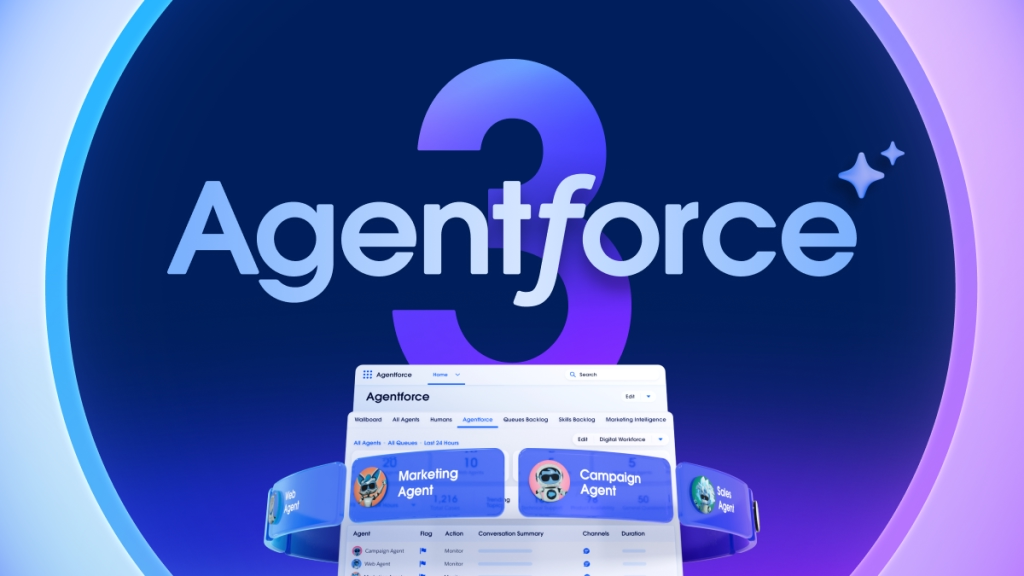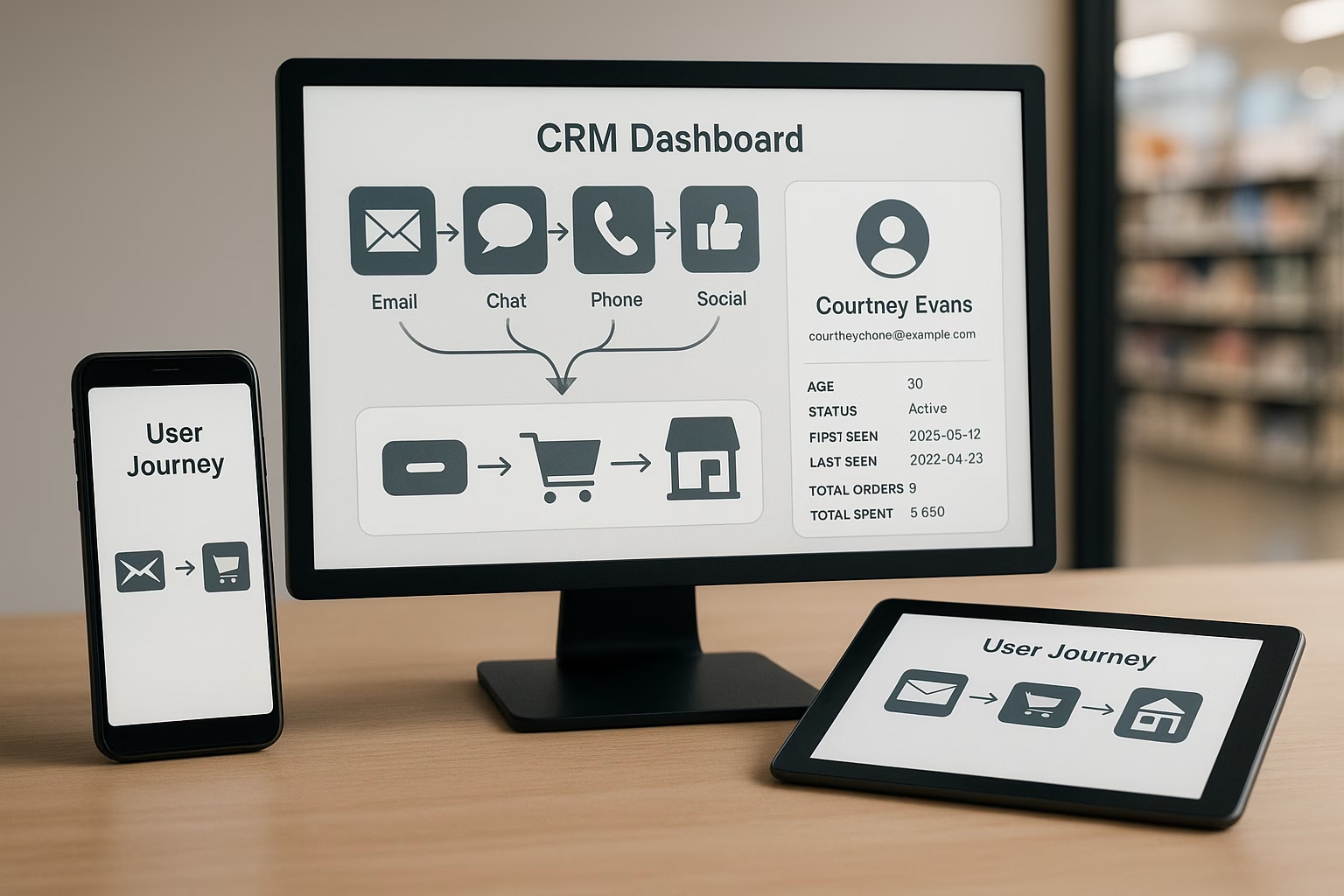When you build a team, you are not just matching skills to roles. You are shaping how people work together, how they solve problems, and how they deliver outcomes that your clients can trust. Especially in consulting, where project environments are dynamic and individual consultants bring distinct styles, creating consistent, high-quality teams is one of the biggest challenges you face. It is not about cloning your best people. It’s about building structured flexibility, where individuality strengthens the collective, but clients’ experience stays consistent, regardless of who is involved. Understanding how teams develop is essential if you want to move beyond good intentions and create teams that actually perform. Bruce Tuckman’s model (Forming, Storming, Norming, Performing) still offers valuable insights, especially when viewed through a modern, practical lens.
Why your team still moves through these stages
Every team, regardless of its experience or technical skill, goes through predictable phases of development. This isn’t a theory you can opt out of. It’s a behavioural pattern that reflects how people build trust, challenge each other, and eventually get real work done together. Bruce Tuckman’s model, first introduced in the 1960s, still rings true today. Here’s what he described.
Forming is where things begin quietly. New team members are often cautious. You’ll notice people observing more than contributing, trying to figure out what’s expected and whether it’s safe to speak up. The tone is polite, and most risks are avoided. But make no mistake, everyone is gauging whether they can trust the group and how much they’re willing to commit. At Sirocco, we use structured onboarding and clearly defined roles to help speed up alignment and reduce friction from day one.
Storming is when the dynamics shift. Conflict shows up, not because things are broken, but because people care and perspectives differ. Communication styles can clash. Priorities start to pull in different directions. Maybe one consultant wants to jump straight into prototyping, while another is holding out for more stakeholder feedback. That friction can be healthy if it’s surfaced and managed well. That’s why we build in regular retros and open forums to air tensions before they stall progress.
Norming is the turning point. This is when the team starts to gel. You begin to see shared habits, mutual accountability, and clearer expectations. Trust isn’t just an idea anymore. It’s visible in how people collaborate, challenge each other, and follow through. This is where agile practices start to make a tangible difference. Routines like daily stand-ups and collaborative backlog ownership create rhythm and clarity.
Performing is the goal. At this stage, your team is confident, quick to adapt, and consistent in delivery. They don’t need constant direction. They spot risks early, adjust priorities on the fly, and keep the work moving without compromising quality. At Sirocco, this is also where our scaled agile structure pays off. Teams share the same principles, rituals, and working norms, which means performance holds steady even when people rotate or business needs shift.
If you don’t know which stage your team is in, you’re not alone (but it is a problem worth solving). Gallup found that poorly managed teams are 50% less productive and 44% less profitable. It’s not about talent. It’s about recognising the phase your team is in and knowing what to do next.
The (hidden) stage before forming
However, we believe the conditions for high performance are often created even before the team even starts working together. Recruitment decisions, onboarding processes, and first interactions — all these moments influence how quickly and smoothly your team can move through the stages. In consulting, this is critical. Each consultant brings their own strengths and style. You want that diversity, but without clear expectations and frameworks, you end up with teams that feel fragmented to clients.
For example, if one consultant assumes that weekly client updates are enough, while another expects daily collaboration, even small mismatches can create confusion and erode trust. Clarity at the outset matters. When you define behavioural standards, communication practices, and shared working principles early, you give individuals space to be themselves while still aligning with the team. The result is faster trust, smoother collaboration, and a client experience that feels reliable, even if team members change.
Handling storming in live environments
Storming is not something you can eliminate. In fact, a team that never argues or disagrees may not be engaging deeply enough with the work. The challenge is creating environments where conflict can happen productively. In client projects, pressure often accelerates Storming. Timelines shift, requirements change, and new people join midway. If your team has a strong shared foundation, it can handle these disruptions without losing cohesion. You see the difference clearly when pressure hits. Teams with strong foundations address missed deliverables openly and reset expectations quickly. Teams without it blame, avoid, or escalate issues into crises. Building a resilient team is not about avoiding tension. It’s about giving people clear methods for resolving it, so work can continue without unnecessary friction.
Norming is a leadership discipline
You cannot assume Norming happens automatically either. Creating a strong, aligned team requires active leadership. Psychological safety is not a feel-good concept but a professional standard. Research by Google’s Project Aristotle found that psychological safety was the single biggest predictor of team success — yes, even more important than skill set or experience. What does that mean for you? When people feel safe to ask questions, admit mistakes, and challenge ideas respectfully, collaboration improves and risks surface early.
In consulting, where your client relationships often hinge on trust and reliability, this matters even more. You see it in practice when a consultant flags a potential scope risk early, and the team treats it as a contribution to success, not a threat to progress. Teams that invest in clear communication norms, visible feedback processes, and shared rituals outperform even technically stronger groups that do not.
Performing is not permanent
High-performing teams are not invincible. Every time a major change occurs, for example, a new consultant joins, a project pivots, or leadership shifts, teams can slip back into earlier stages. Strong leaders recognise this early and help teams adjust before cracks appear. In consulting, performing means more than just delivering quality work. It means new people can join an ongoing project without disrupting the client experience. It means different consultants bring their strengths without creating confusion or inconsistency. It means the client trusts the work, no matter who is sitting across from them. This kind of performance is not about rigid standardisation. It is about creating a living, adaptable structure that supports individual excellence while maintaining collective reliability.
Is Tuckman’s model enough?
Tuckman’s model has stood the test of time for a reason. It captures a behavioural truth about team dynamics. But it is not the only lens that matters. One common critique is that the model oversimplifies team development. Real teams don’t always follow a clean sequence. They loop back, stall, or skip phases entirely depending on external pressures, leadership gaps, or individual dynamics. In consulting, where teams form and reform quickly, the lines can get blurry. You’re often working across multiple clients, shifting contexts, and changing team compositions — all of which make team development messier than a four-stage diagram suggests.
Another limitation is that Tuckman’s model focuses on internal team behaviour but ignores organisational structure. It does not account for leadership setup, incentives, or delivery frameworks that shape how people actually work. That’s why we treat it as helpful, but not complete. For example, at Sirocco, our delivery approach includes agile rituals, role clarity, and cross-team planning, which gives structure even when one team is storming or adjusting to change. These systems don’t replace the model. They support it.
There are other approaches that can be helpful too. The GRPI model (Goals, Roles, Processes, Interpersonal Relationships) is beneficial when a team feels off but you are not sure why. It helps leaders diagnose issues early. The Lencioni model is another practical one, particularly when trust is missing or accountability is unclear. Both add depth to Tuckman’s core insight, rather than replace it. Used together, they give you a more complete picture of what your team needs to succeed.
Remember, you are building teams, not making copies of your top performers
The best consulting teams are not made by replicating the same profile over and over. They succeed because they create a balance between structured consistency and personal strengths. Understanding and applying the principles behind Forming, Storming, Norming, and Performing — starting even before the team forms — gives you the tools to do precisely that. You give your consultants space to shine as individuals while making sure your clients always experience professionalism, clarity, and cohesion. Consistency without cloning. Flexibility without chaos. That is the real foundation of high-performing teams. What could your teams achieve if you put the right foundations in place from the start?
At Sirocco, we help organisations design teams, systems, and processes that work in the real world — balancing structure, people, and delivery without compromise. If you’d like to exchange ideas, benchmark your current status, or start a conversation, we’re ready.
LinkedIn Caption:
In consulting, every client expects consistency, but every consultant brings their own strengths. Building high-performing teams is not about cloning people. It is about creating the right structures so that individuality strengthens the client experience, not weakens it. Our latest post explores how Forming, Storming, Norming, and Performing still apply today, and what smart leaders do differently.










